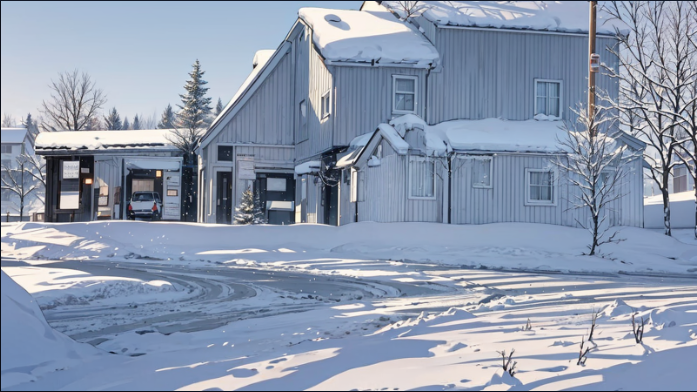
A propane furnace is a popular heating system used in many homes and businesses. It is a reliable and efficient way to keep your indoor space warm during the colder months of the year. But have you ever wondered how it works? In this article, we will take a closer look at the inner workings of a propane furnace.
Here to introduce you Belief parking heater which made in China with good quality and low price, exported to more than 40 countries, selling worldwide, support oem, welcome to consultation and cooperation.
The Components of a Propane Furnace
Before we dive into how a propane furnace works, let's first take a look at its components. A propane furnace consists of several key parts that work together to produce heat. These include:
1. Burner: The burner is where propane gas is ignited and burned to create heat.
2. Heat exchanger: The heat exchanger is a metal component that transfers heat from the burner to the air that will be circulated throughout your home.
3. Blower motor: The blower motor is responsible for circulating the heated air throughout your home.
4. Thermostat: The thermostat is the device that controls the temperature of your home. It communicates with the furnace to turn it on or off as needed to maintain the desired temperature.
5. Venting system: The venting system is responsible for removing the byproducts of combustion from your home.
Now that we have an understanding of the components, let's take a closer look at how they work together to produce heat.
The Process of Heating Your Home
When you turn up the thermostat, it sends a signal to the furnace to turn on. The burner then ignites the propane gas and produces a flame. The heat from the flame is transferred to the heat exchanger, which warms up the air that passes over it.
The blower motor then kicks on and circulates the heated air through your home's ductwork and out of the vents. As the heated air circulates, it warms up your home to the desired temperature.
As the propane gas is burned, it produces byproducts such as carbon monoxide and water vapor. The venting system is responsible for removing these byproducts from your home and venting them outside.
Once the desired temperature is reached, the thermostat communicates with the furnace to turn it off. When the temperature drops again, the process starts over.
Benefits of a Propane Furnace
There are several benefits to using a propane furnace as your heating system. These include:
1. Energy efficiency: Propane furnaces are highly efficient and can save you money on your energy bills.
2. Reliability: Propane furnaces are known for their reliability and can provide consistent heat even during power outages.
3. Clean burning: Propane is a clean-burning fuel that produces fewer emissions than other fossil fuels.
4. Versatility: Propane can be used for a variety of applications, including heating, cooking, and powering appliances.
In conclusion, a propane furnace is a reliable and efficient way to keep your indoor space warm during the colder months of the year. By understanding how it works, you can better appreciate the inner workings of your heating system and make informed decisions about its maintenance and repair.







